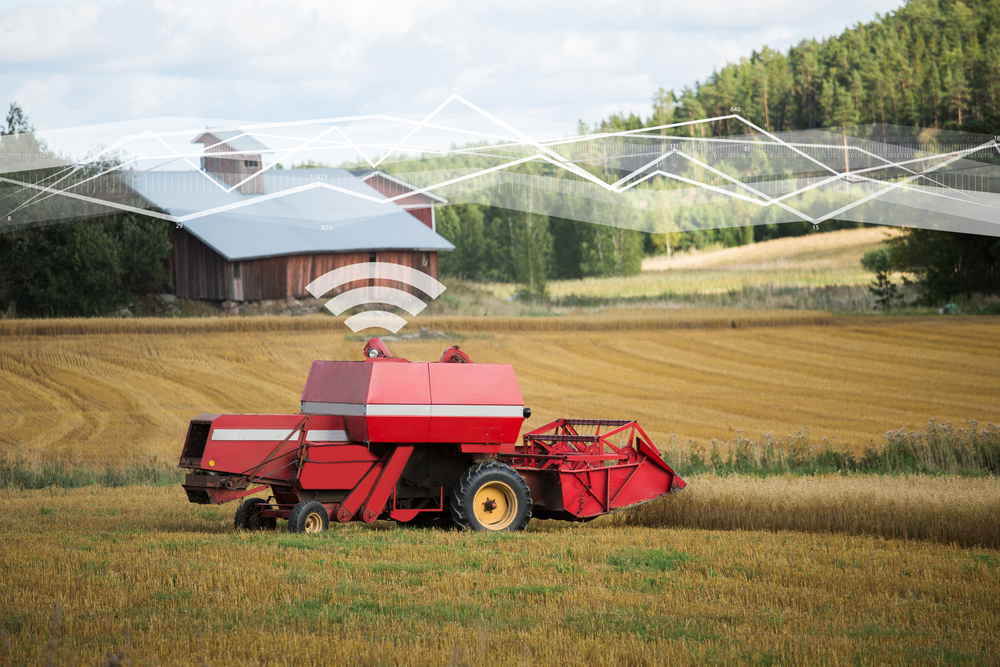Smart engineering’s impact on heavy equipment design

Today’s heavy equipment machinery—equipped with increasingly intelligent embedded systems run by engineering control units, sensors and actuators—is smarter than ever before. These smart machines increase safety, productivity and lower costs, but they can also lead to new opportunities in product lifecycle management.
Modernized heavy machinery designs are part of a new world that is increasingly autonomous and connected. The Internet of Things (IoT) and sensors make it possible for engineers to access real-time information from the field. Product lifecycle management (PLM) software can take the data captured through these smart engineering elements and use it to create a digital twin of an assembly or a piece of machinery, or the entire machine.
These components work together to provide the perfect setup for smart engineering’s foundational technology, allowing manufacturers to add value to their product lines faster than the competition and get new designs to market more quickly.
One way this happens involves the build-test-rebuild-retest cycle of prototype validation. Validating physical prototypes is intensely time-consuming, and those who opt for this route run the risk of lagging months, or even years, behind the competition. Instead, through smart engineering, manufacturers can model smart machines from the sub-system to the vehicle- and environment-level to accurately simulate vehicle performance and behavior.
For example, when Poclain Hydraulics wanted to improve the performance of hydrostatic systems, it used digital simulation to test concepts, which significantly reduced the need for testing and physical prototypes. The simulated testing lowered costs and sped up the design process, ultimately leading to a new and better solution.
It’s essential to understand the core steps in the process when you use smart engineering.
How smart engineering technology works
In the smart environment, everyone, from customers to suppliers to OEMs, is capable of learning more about how equipment is operating. Sensors can provide a wealth of this data in real time. The key to effectively using this data is knowing how to analyze it.
Fortunately, the IoT and digital twin help companies and their customers do this. Embedded sensors can monitor conditions (for example, temperature) and feed real-time data into cloud-based applications that help users make decisions about system adjustments, maintenance, troubleshooting and design evolution.

By connecting sensors to a digital twin, the heavy equipment design process becomes exponentially more efficient and smooth. The digital twin is the virtual copy of a real machine or system. It can be used to compare the original design and construction information of the machine to a virtual design and encompasses not only the mechanics, but also electrical design, the embedded software, controls and hydraulic design.
The digital twin remains connected to the physical machine on a permanent basis. The setup helps identify issues and resolve them promptly. It also enables engineers to validate designs earlier and test systems in the virtual environment.
The advantages of a smart machine
Companies that build equipment with sensors and IoT capabilities are essentially creating a smart machine. This concept is similar to the trend toward autonomous vehicles. Just as automobiles will be set to carry out specific functions depending on road conditions, machines will start sensing and analyzing environmental information and using it to react.
The advantages of a smart machine operating at a more autonomous level are significant. Soon, a smart machine could resemble the horse from a century ago. While the operator moved a load behind the horse, the horse didn’t need detailed instruction. The driver controls speed and direction, but the horse also moves around obstacles on its own. Similarly, once a tractor, crane or excavator has enough smart functions, that intelligence creates autonomous behavior.
To develop a smart machine, three steps are required:
• Oversee the environment: Install sensors to capture and send real-time data from the field.
• Develop a decision-making process: If certain conditions lead to an alteration in the machine’s performance, consider the changes that could be made to correct an issue or improve an area.
• React productively: Based on the analysis of the data and the options, take the necessary action to improve performance.
A platform for smart engineering
Smart engineering also requires a methodology and a platform such as a systems digitalization approach on the Siemens open-by-design PLM platform. This model-based, systems-based approach provides thousands of features and hundreds of thousands of requirements, making the number of potential configurations almost limitless.
When considering methodologies and platforms, it’s important to remember that smart engineering’s goals are about enabling faster time-to-value for manufacturers. Using a single platform makes that more accessible because it supports continuous improvement, continuous integration, and full-system verification and validation.
This concludes part two in our series on smart engineering in the heavy equipment industry. In part three, we discuss smart engineering’s competitive advantages for heavy equipment OEMs.
About the author
Rahul Garg is the vice president for industrial machinery and heavy equipment industry at Siemens PLM Software, responsible for global business development. He and his team are responsible for identifying and delivering strategic initiatives and developing solutions for the industry, working closely with industry-leading customers and providing thought leadership on new, emerging issues facing the machinery industry. Rahul’s experience and insights are derived from a 25 year career of delivering software-based solutions for product engineering and manufacturing innovation for the global manufacturing industry. He has held leadership positions in multiple areas, including research and development, program management, sales and P&L management, having focused exclusively on the industrial machinery and heavy equipment industry since 2007.


